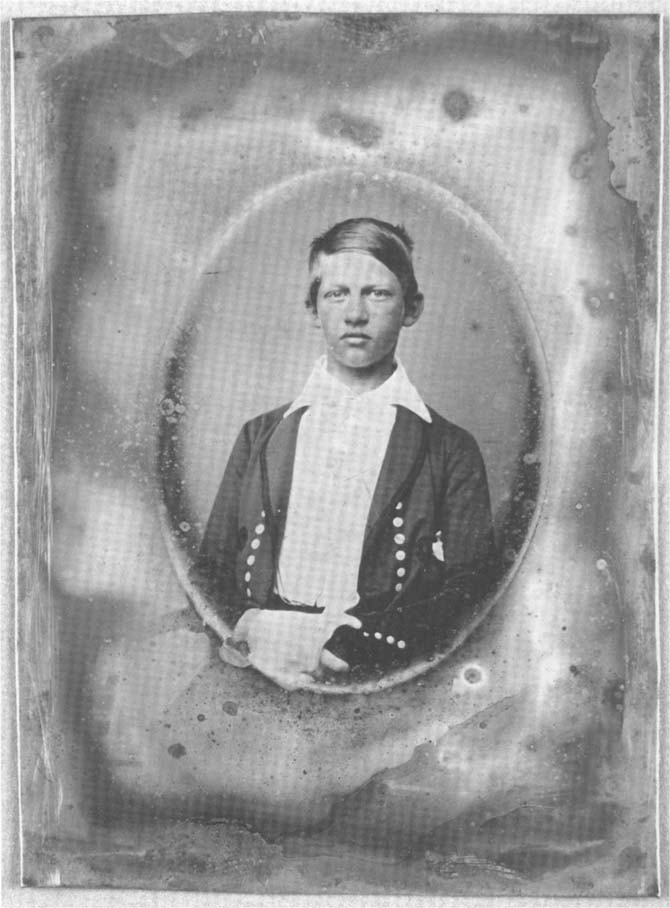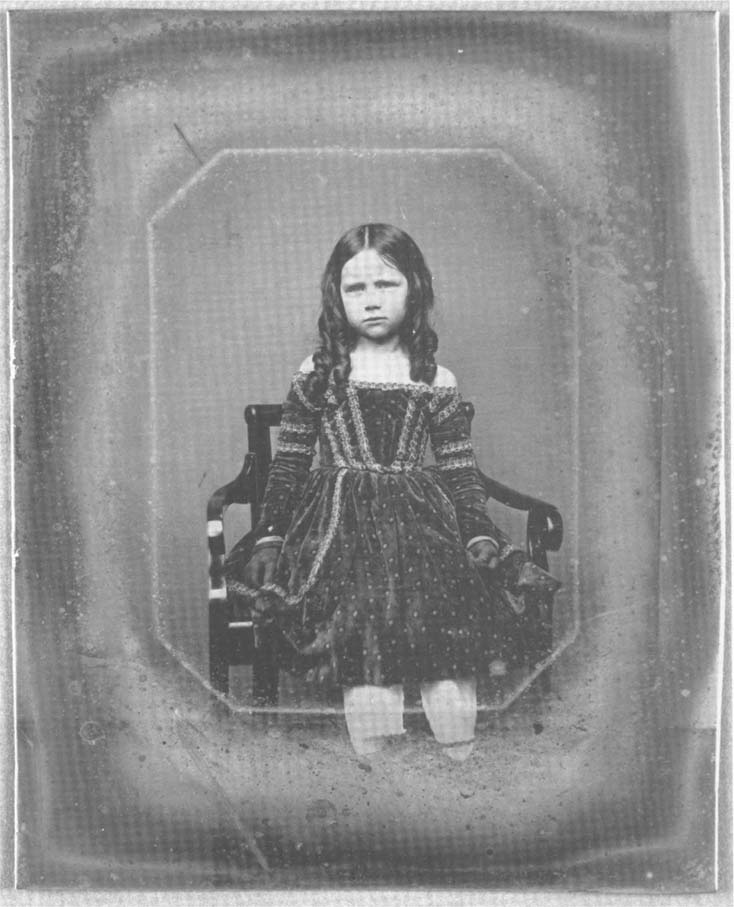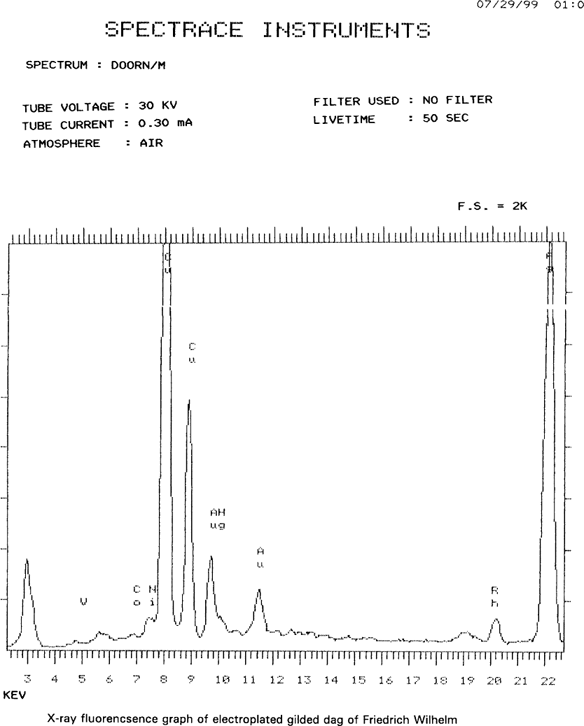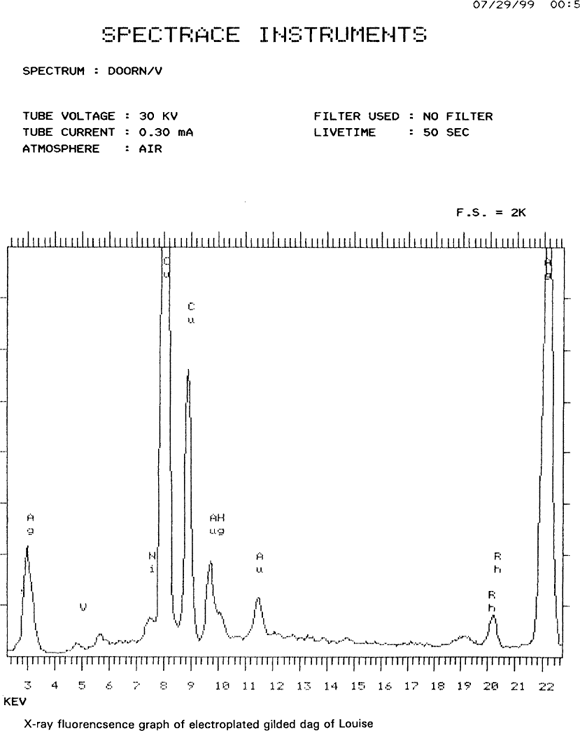
Topics in Photographic Preservation 1999, Volume 8, Article 4 (pp. 17-22)
It was a foggy Sunday morning on the 10th of November 1918 at the railway station at Eijsden, the border between Belgium and the Netherlands. In a long row of automobiles each filled with government clerks, stood a car with Wilhelm II, the Emperor of Germany, who was being sought by the Allied Forces but who was seeking asylum in neutral Netherlands. The line up had been waiting hours for permission to continue the travel. They were cursed at by the locals and people shouted slogans like ‘Vivre la France’ and ‘Ah Comrade Kaputt’. The biggest problem turned out to be that on a Sunday in 1918 there would be nobody directly available to make a phone call happen. The telephone worked only a few hours per day anyway. Forget about some government official being available to grant permission to the German Emperor to enter the Netherlands.
Out of a humane feeling someone gave permission to Wilhelm the Second to leave his cold automobile and board a train, which was under steam waiting at the railway station. Inadvertently, the emperor had been invited across the border, obtaining his asylum. Of course he had previously, from Spa in the Ardennes, tried to get permission from a far distant relative, the then thirty-eight year old Queen of the Netherlands, Wilhelmina van Orange Nassau. But, smart as she was, she felt trouble and left the unsympathetic decision to the Dutch Government. It took more then a year before the Emperor found appropriate housing, Castle House Doorn, in a village not far from Utrecht in the center of the country. He bought it from the Baroness van Heemstra, an aunt of Audrey Hepburn. And, after all the paperwork was done, and the Emperor had promised never to leave the estate without explicit permission from the government, he had his personal belongings transported to furnish the castle. And so it happened in 1919 that a train entered the Netherlands from Berlin including fifty nine cars filled with furniture, paintings, carpets, china and his personal family pictures.
The Emperor's wife, Augusta Victoria von Schliswig-Holstein died in 1921 and in 1922 he remarried. Emperor Wilhelm the Second died on June 4 1941, in exile in the Netherlands which at that moment was occupied by the Nazi's. His second wife, Hermine von Schönach Carolath Reu, returned to Germany and died in 1947. In 1945, after the surrender of the Germans, all the emperor's possessions were confiscated by the Dutch Government as a part of the restitution payments to compensate for the war damage. In this way, the Netherlands got a part of German history. It is on permanent display in Huis Doorn and can be seen by the public.
In 1996 House Doorn asked the Netherlands Photographic Conservation Studios (NFrA) to report on the condition of the photo collection. During inspection the entire collection was examined and two special daguerreotypes turned up.
The two portraits depict a boy and a girl. They are very simply matted with a thin black line along the window and sealed with light green paper. Nothing special so far. But on closer inspection the images do not contain the normal silver hue; the images are in gold. And, although the literature speaks about the gilding of daguerreotypes, not to be misunderstood with gold toning, it is as far as we have been able to track, a very special process. From the moment we had the plates in the studios we started more in depth research. This research stretches out into two directions, and although we still have a lot of questions and further research which needs to be done, this meeting is a good opportunity to introduce these two plates, not the least to get reactions from the audience that may help us further.
The girl depicted in the daguerreotype is Louise, Princess von Preuen, later known as the Great Duchess of Baden. She was born in 1838 and died, 85 years old in 1923. The boy in the other daguerreotype is her elder brother, who was born on the 18th October 1831 as Friedrich Wilhelm, Prince von Preuen. Their father was Emperor Wilhelm I. Friedrich Wilhelm was married in 1858 to Victoria, Royal Princess of England, and daughter of Queen Victoria and Prince Albert of Great Britain. When his father died in 1888 Friedrich Wilhelm was already ill. He took over the imperial crown and reigned 99 days as Emperor Friedrich the Third. Biographies of Friedrich show that he was very liberal thinking, certainly due to the influence of his wife Vicki. This way of thinking did not match at all with the militaristic Germany of those days and the thoughts of his father. Many conflicts with Bismarck occurred. And, again according to the biographies, the world would have looked quite different if he hadn't died so young from throat cancer.
We know exactly who the depicted people are and the pedigree of the daguerreotypes is not in question. With that the photo historical research can be concluded, as far as the sitters are concerned. But a number of questions remain, such as:
The question when they were made cannot fully be answered yet, but based on other, dated images we think they are made in 1842 but this still has to be confirmed. The name of the photographer is also not confirmed yet, but evidence suggests the Berlin photographer Graf. Before opening the cassettes, we examined the two plates with infra red reflectography, in order to find out whether something special was going on. We did not find anything special. After that the cassettes were opened the plates were studied carefully and documented. There were no silver marks or hallmarks present, no special indications came up front.
A next step was the X-ray fluorescence examination. Looking at the graphs it became obvious that there is a profound amount of gold more present than in the case of a gold toned plate. There was no indication of discoloration or any sort of oxidation which could account for the golden color. Nor was there a pigmented layer of shellac on silver, as often occurs in icon painting. The plates are covered with a layer of gold, and that's a fact. The backside of both plates has a copper tone, but they are at the same time covered with a thin layer of gold, much thinner however than at the front side. The copper should have oxidized after more then 150 years. At the same time it was established that under the gilded image a layer of silver exists as with every daguerreotype. This was confirmed because there is a tarnish visible, especially on Friedrich's plate. Also the graphs show a clear presence of the silver component.
A third step is the still ongoing research into the literature for sources of this process. Based on historical information such as this booklet from May 1842 by Gaudin and Lerebours and other sources where gilding processes are descried we hope to unveil the remaining questions. It is our final goal, using a number of newly created daguerreotypes, to execute the different gilding recipes in order to recreate the process of the truly unique objects. If anyone present has substantial additional information, that could be shared it would be appreciated.

Portrait of Friedrich Wilhelm, Prince von Preuβen,
Gold plated daguerreotype by Graff, Berlin.
Collection: Kasteel Huis Doorn, The Netherlands.
Photograph: ©NFrA

Portrait of Louise, Princess von Preuβen,
Gold plated daguerreotype by Graff, Berlin.
Collection: Kasteel Huis Doorn, The Netherlands.
Photograph: ©NFrA

